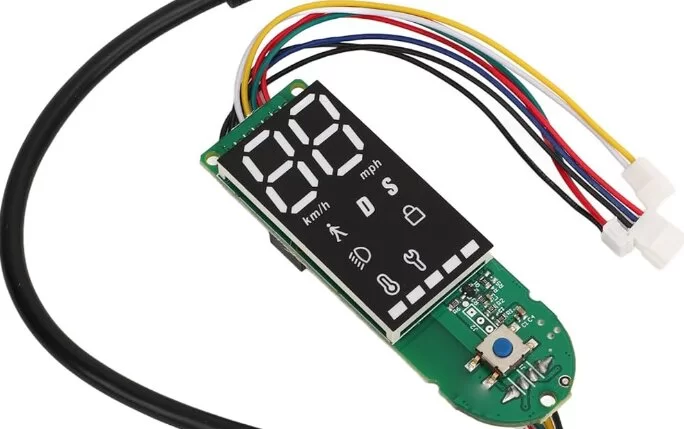Pedal Circuit Boards are at the heart of every guitar effect pedal and many other audio processing devices. Their role is vital in defining the overall quality and reliability of the equipment. With the constant evolution of audio electronics, understanding the nuances of pedal circuit board design, production, and application has become crucial. In this comprehensive article, we explore the intricacies of Pedal PCB, their importance, the manufacturing process, and the challenges faced in modern audio electronics.
Pedal Circuit Boards are designed with a meticulous approach to ensure they meet the high standards required in audio processing. The fundamental aspects that designers must consider include signal integrity, power management, component selection, thermal management, and space optimization. Signal integrity, for instance, is critical because it ensures that the audio signal remains unaltered as it travels through the circuit, preserving the quality of sound that musicians and audio engineers rely on.Pedal PCB also benefit from advances in materials science. The choice of materials, such as high-quality substrates like FR4, CEM-3, and specialized materials designed for high-frequency applications, is essential in maintaining the integrity of the signal. These materials must offer low dielectric loss and high thermal stability to handle the varied demands of audio electronics. The multi-layer design is commonly employed in these circuit boards to separate and manage different signal paths effectively, thereby minimizing noise and crosstalk that could degrade the audio quality.

Pedal Circuit Boards
Pedal Circuit Boards undergo a rigorous manufacturing process. This begins with the precise layout of the circuit, which involves placing components and routing connections in a way that optimizes performance and reliability. Advanced computer-aided design (CAD) tools are used to simulate and refine the layout before it goes into production. The production process typically includes photolithography, where the circuit pattern is transferred onto the board, and etching, which removes unwanted copper to form the circuit paths. The precision required at this stage cannot be overstated, as even minor deviations can lead to significant performance issues.Pedal PCB are then subjected to stringent quality control measures. Automated Optical Inspection (AOI) and flying probe testing are the industry standards for detecting defects like shorts, opens, and misalignments in the circuitry. These tests ensure that the circuit boards meet the design specifications and function correctly under the varied conditions they will face in real-world applications. In addition, many manufacturers use advanced surface treatments, such as ENIG (Electroless Nickel Immersion Gold), to protect the circuit paths and improve solderability. This treatment also helps prevent oxidation and extends the overall lifespan of the circuit board.
The evolution of Pedal PCB reflects the broader trends in the electronics industry towards miniaturization, increased complexity, and enhanced functionality. As audio devices become more compact and feature-rich, the circuit boards must accommodate a greater density of components without sacrificing performance. High-Density Interconnect (HDI) technology and the use of microvias are becoming more prevalent, allowing for more connections in a smaller area and supporting the trend towards miniaturization. Flexible PCBs are also gaining traction, offering new possibilities for design in irregular or constrained spaces within audio devices.
The future of Pedal Circuit Boards is likely to see continued innovation, driven by the demands for better performance, reliability, and integration in audio electronics. One area of potential development is the use of advanced materials, such as graphene, which could offer superior electrical and thermal properties compared to conventional materials. Additionally, the integration of active components directly onto the PCB substrate, known as embedded systems, could further enhance the functionality and efficiency of Pedal PCB.Pedal PCB are not just about technical specifications and materials; they also play a significant role in the user experience. Musicians and audio engineers rely on the consistency and reliability of their equipment, and the circuit board is a fundamental part of that equation. Whether it's a guitarist using an overdrive pedal on stage or a sound engineer tweaking effects in the studio, the performance of the circuit board directly impacts the quality of the sound. This connection between the circuit board and the end-user experience underscores the importance of meticulous design and manufacturing in the audio electronics industry.
In conclusion, Pedal Circuit Boards are a cornerstone of modern audio electronics, influencing everything from the sound quality of a guitar pedal to the reliability of a complex audio processing unit. The ongoing advancements in materials, manufacturing processes, and design techniques ensure that these boards continue to meet the growing demands of the audio industry. As technology evolves, so too will the capabilities of Pedal PCB, paving the way for even more innovative and high-performance audio solutions.